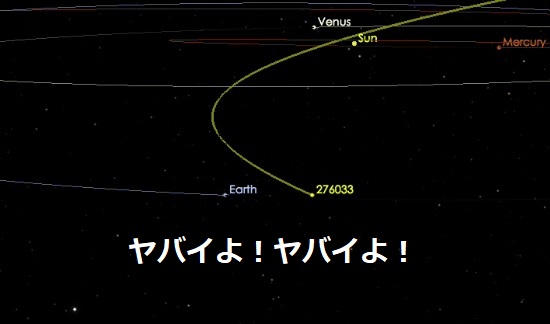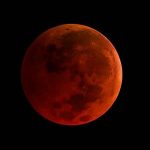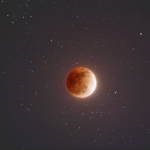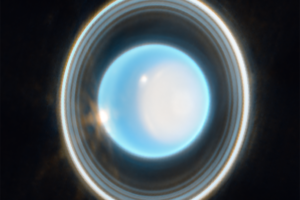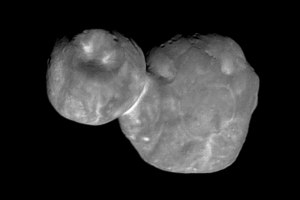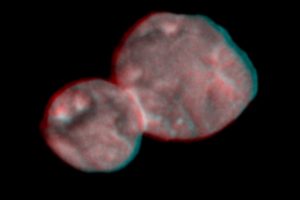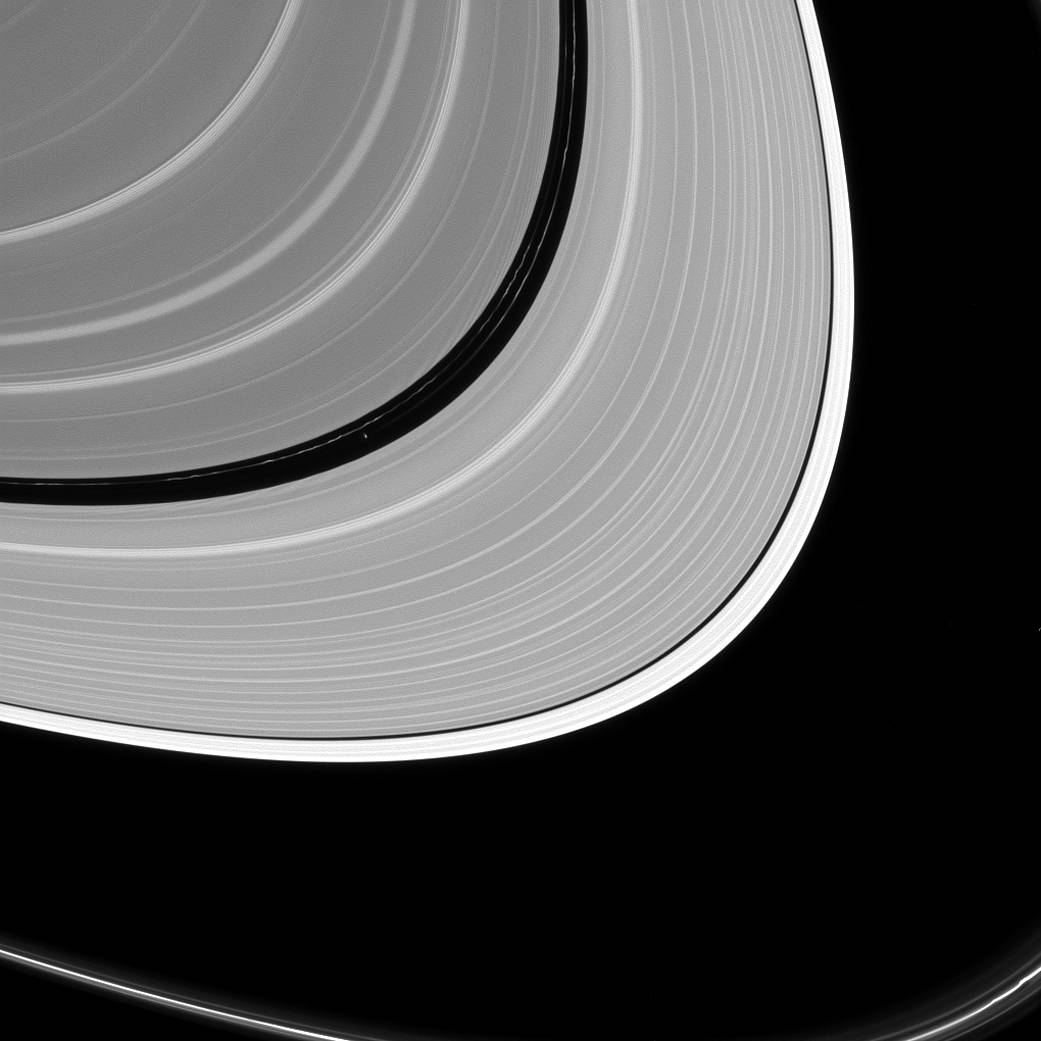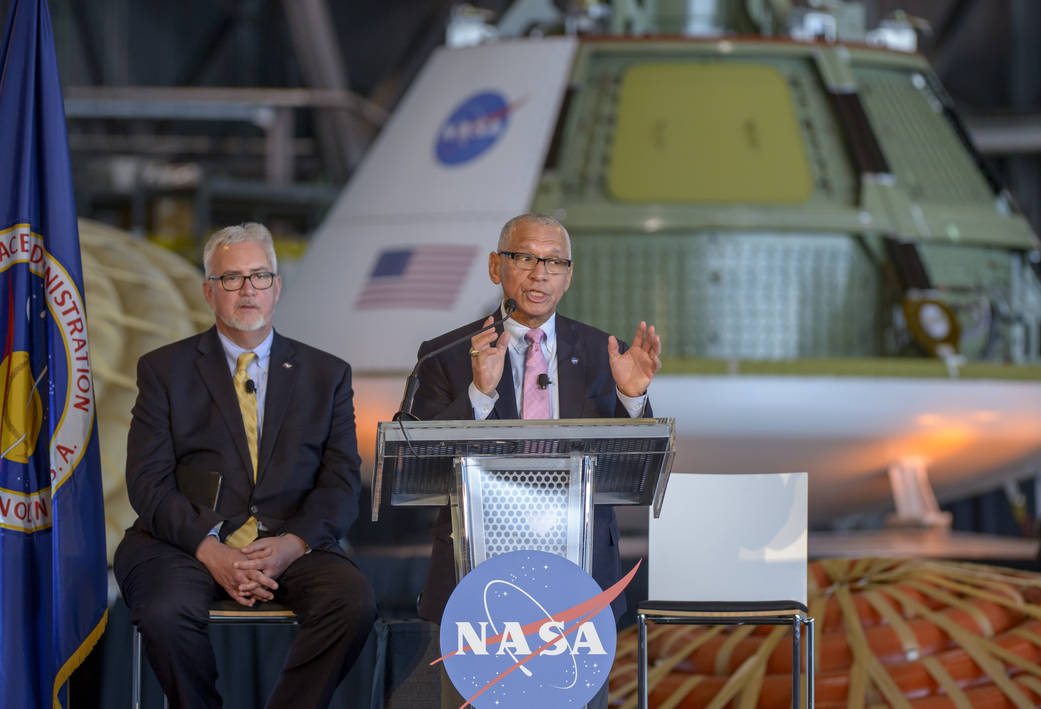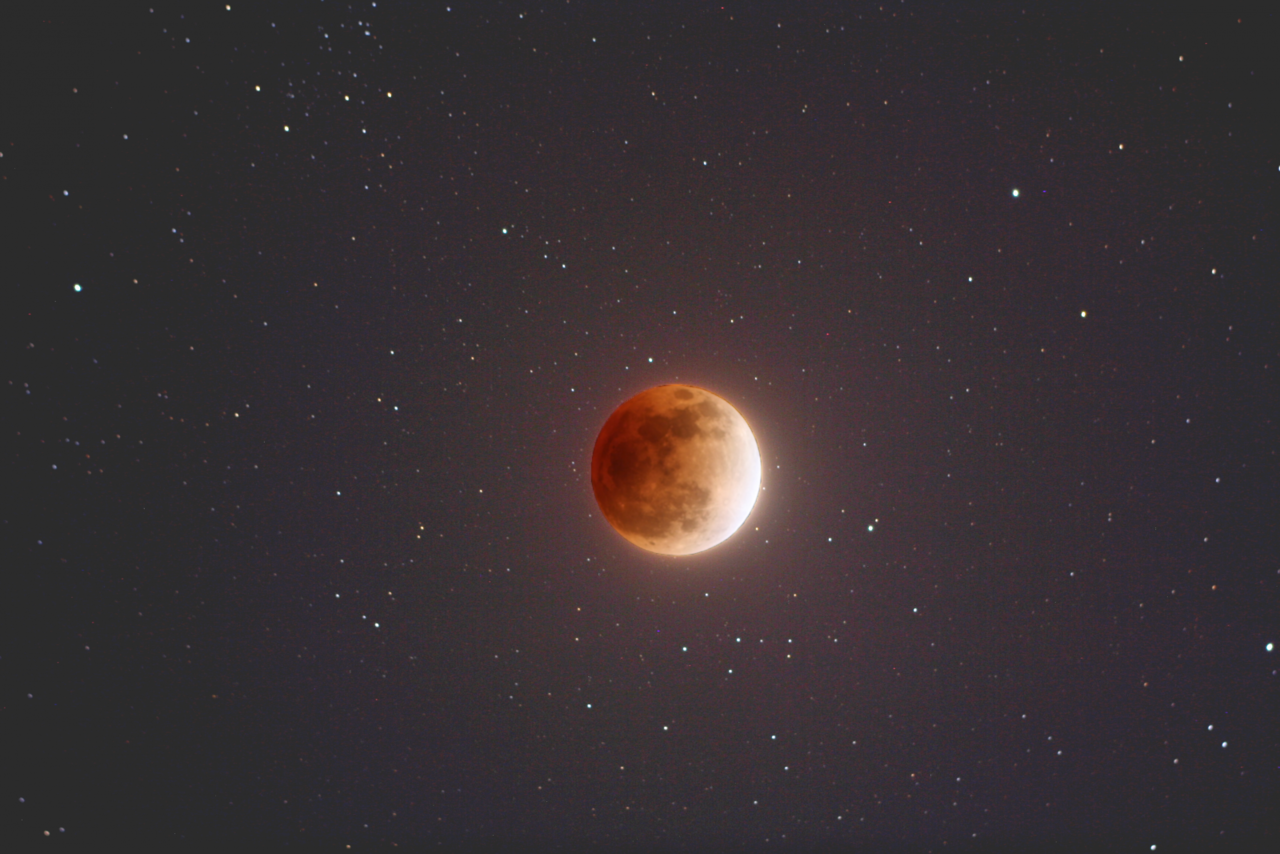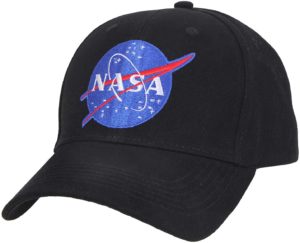NASAが公開した情報によると小惑星2002 AJ129が2018年2月4日に地球に420万kmまで接近して通過します。
太陽系の中の地球の軌道と小惑星の軌道を動画で確認しましょう。
Asteroid 2002 AJ129が2月4日に地球の近くを通過する
Asteroid 2002 AJ129 to Fly Safely Past Earth February 4
Asteroid 2002 AJ129 will make a close approach to Earth on Feb. 4, 2018, at 1:30 p.m. PST (4:30 p.m. EST). At the time of closest approach, the asteroid will be at a distance of 2.6 million miles, or 4.2 million kilometers — about 10 times the distance between Earth and the moon.
小惑星 2002 AJ129は、2018年2月4日午後1時30分:PST(午後4時30分:EST)に地球に接近します。最接近時の小惑星は、地球と月の距離の約10倍の距離である260万マイル、つまり420万kmの距離まで近づきます。
2002 AJ129 is an intermediate-sized near-Earth asteroid, somewhere between 0.3 miles (0.5 kilometers) and 0.75 miles (1.2 kilometers) across. It was discovered on Jan. 15, 2002, by the former NASA-sponsored Near Earth Asteroid Tracking project at the Maui Space Surveillance Site on Haleakala, Hawaii. The asteroid’s velocity at the time of closest approach, 76,000 mph (34 kilometers per second), is higher than the majority of near-Earth objects during an Earth flyby. The high flyby velocity is a result of the asteroid’s orbit, which approaches very close to the Sun — 11 million miles (18 million kilometers). Although asteroid 2002 AJ129 is categorized as a Potentially Hazardous Asteroid (PHA), it does not pose an actual threat of colliding with our planet for the foreseeable future.
小惑星 2002 AJ129は、直径0.3マイル(0.5Km)から0.75マイル(1.2Km)の中規模の近地球小惑星です。この小惑星は2002年1月15日、ハワイのハレアカラにあるマウイ宇宙監視施設にあるNASAが支援している近地球小惑星追跡プロジェクトで発見されました。最接近時の小惑星の速度は、76,000 mph(34Km毎秒)で、地球近傍を通過する他のどの物体よりも高速に移動します。高い通過速度は小惑星の軌道(太陽に非常に近く1100万マイル(1800万Km))からきています。小惑星2002 AJ129は潜在的に危険な小惑星(PHA)に分類されていますが、近い将来に私たちの地球と実際に衝突する危険はありません。
“We have been tracking this asteroid for over 14 years and know its orbit very accurately,” said Paul Chodas, manager of NASA’s Center for Near-Earth Object Studies at the Jet Propulsion Laboratory, Pasadena, California. “Our calculations indicate that asteroid 2002 AJ129 has no chance — zero — of colliding with Earth on Feb. 4 or any time over the next 100 years.”
カリフォルニア州パサデナのジェット推進研究所のNASA地球近傍物体観測センターのマネージャーであるポール・チョダスは、「我々はこの小惑星を14年以上追跡し、その軌道を非常に正確にとらえています。」と語りました。 「我々の計算によると小惑星 2002 AJ129は、2月4日だけでなく今後100年間は地球と衝突する可能性がなく、衝突の確率は「0」です。
JPL hosts the Center for Near-Earth Object Studies for NASA’s Near-Earth Object Observations Program, an element of the Planetary Defense Coordination Office within the agency’s Science Mission Directorate.
More information about asteroids and near-Earth objects can be found at:https://cneos.jpl.nasa.gov、https://www.jpl.nasa.gov/asteroidwatch
For more information about NASA’s Planetary Defense Coordination Office, visit:https://www.nasa.gov/planetarydefense
For asteroid and comet news and updates, follow AsteroidWatch on Twitter:twitter.com/AsteroidWatch
DC Agle
Jet Propulsion Laboratory, Pasadena, Calif.
818-393-9011
agle@jpl.nasa.gov
2018-011
Last Updated: Jan. 20, 2018
Editor: Tony Greicius
